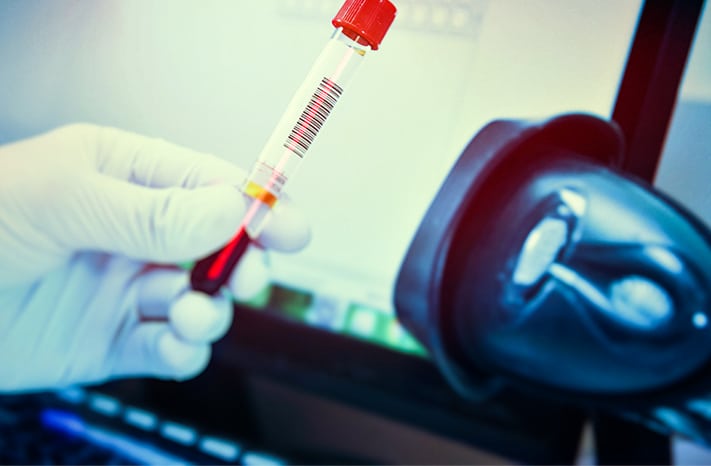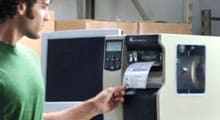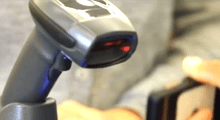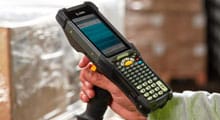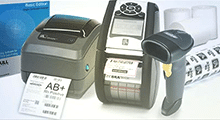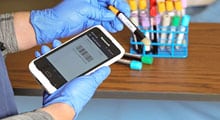Medication Administration
Home » Industries » Healthcare » Medication Administration
What is Barcode Medication Administration?
The Barcode Medication Administration (BCMA) is an inventory control system used in hospitals with the goal of preventing errors in medication distribution. The system is relatively easy to implement. All you need are barcode scanners, printers, software, a computer server, and staff training. We recommend using mobile computers as your scanner of choice because they work similar to smartphones.
You also don’t have to limit your use of this system to point-of-care. It’s true that the BCMA system is most popularly adapted for bedside care, but it’s also becoming increasingly popular in hospital pharmacies. Learn how Barcode Medication Administration protects your patients and improves their overall experience.
How does the BCMA protect a patient’s Five Rights?
When you think of a successful supply chain, what does it look like? No matter what industry you’re in, it’s all about getting the right product to the right person at the right time. It’s no different in the world of healthcare. Doctors, nurses, and everyone in between are charged with protecting the patient’s Five Rights:
- The right patient
- The right medication
- The right time
- The right dosage
- The right route of delivery
Imagine that barcodes are implemented in every stage of medication administration at your facility. A patient’s prescription is first sent to the hospital’s pharmacy and a pharmacist enters it into the computer. A barcoded dose of the medication is added to a cart which is then delivered to the patient’s floor. When it comes time to administer the medication, a nurse will scan a patient’s barcoded wristband. This band holds vital information including the patient’s name and the reason why he or she is in the hospital. The nurse will then scan the barcode on the medication to confirm it’s a match. As you may know, barcodes on medication are required to hold a plethora of information including recommended dosage and expiration date. If the system can’t find a match, the nurse is given a visual warning to alert him or her of the error.
What kind of errors does the Barcode Medication Administration prevent?
Did you know that more than 30% of medication errors occur when the drug is being administered? Each year, about 7,000 patients die because of preventable human error. While the technology is by no means foolproof, studies show that the usage of barcode technology can reduce medication errors by 65 to 86%. The types of errors reduced include:
- Administering medication to the wrong patient. It’s crucial to follow hospital protocol when using a BCMA system. Oftentimes nurses find workarounds to make their shifts a little easier. For example, placing a patient’s ID wristband on the end of the bed or door. This can be disastrous if a patient is moved without the medical professional’s knowledge.
- Mistaking one medication for another. Anyone who works in the medical field knows that there are thousands of drugs on the market. They also know that a lot of them look and sound the same, but treat completely different symptoms. Scanning the medication before administering protects a patient from receiving the wrong medication.
- Administering the medication incorrectly. It’s not always clear how a drug should be administered. Intravenously? By mouth? A nurse will always know thanks to the method and dosage information stored in the barcode.
Implementing a Barcode Medication Administration system will help put your patients and their families’ minds be at ease. You might even find yourself sleeping better at night.
Contact Peak Technologies today to learn more about making the most of a barcoding system in your facility.
Healthcare
